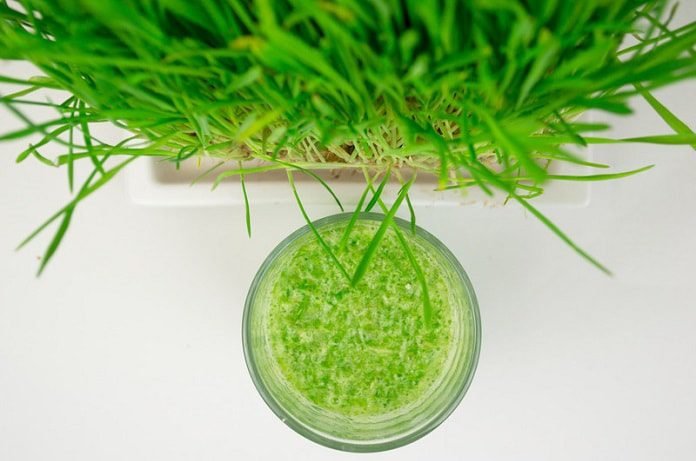The findings of a study of women aged 30-60 years suggest that while supplementation with wheatgrass reduces markers of atherosclerosis, total cholesterol, and triacylglycerol, it does not significantly reduce high-density lipoprotein levels, symptoms of menopause, or alter urogenital symptoms.
Cardiovascular disease in women is linked to a fall in estrogen levels that accompanies the onset of menopause. While studies show that treating cardiovascular disease does not improve symptoms of menopause, the effects of treating menopausal symptoms on cardiovascular disease are not clear. Wheatgrass (Triticum aestivum L.) is one of several plants that have attracted considerable interest for its antioxidant, antiatherogenic, anticancerous, and immunosuppressive properties. However, these properties have not been validated in human trials.
A study published in the Journal of Dietary Supplements examined the effects of wheatgrass supplementation on the levels of atherosclerosis associated lipoproteins, inflammation-associated markers, and symptoms of menopause in South Asian women with higher than normal levels of lipids (cholesterol and triglycerides) in the blood (hyperlipidemia).
As part of the study, 59 women with hyperlipidemia were randomly divided into two groups—an intervention group with 29 women who were treated daily with 3.5 grams of a powdered wheatgrass supplement for 10 weeks and a control group of 30 women who continued without any intervention for the same duration of time.
All women had total cholesterol levels >200 mg/dL and/or triacylglycerol levels >150 mg/dL and were either premenopausal, perimenopausal, postmenopausal, or had a prior hysterectomy. The levels of low-density lipoprotein (LDL or bad cholesterol), high-density lipoprotein (HDL or good cholesterol), and very-low-density lipoprotein (VLDL; bad cholesterol) cholesterol, total cholesterol, and the apolipoproteins, Apo A (carrier of HDL) and Apo B (carrier of LDL and VLDL) in the participants’ blood were examined before and after the intervention. Levels of C-reactive protein, which is an indicator of inflammation, fasting blood sugar, and hemoglobin were also measured.
The study reported that wheatgrass reduced total cholesterol by 5.4%, LDL by 4.4%, and triacylglycerol (TAG) by 9.5%. Apo A was reduced by 18.8% and HDL by 6%. In a separate comparison involving the post-intervention values of the experimental group and the control group, systolic and diastolic blood pressure and the levels of total cholesterol, TAG, Apo B were found to be much lower in the experimental group. The levels of HDL in the two groups were similar.
Wheatgrass reduced vasomotor symptoms associated with menopause (night sweats and hot flashes), but these results were not statistically significant. Somatic symptoms (dizziness, headaches, muscle and/or joint pain, numbness/tingling) were reduced by 33%, and the prevalence of psychological symptoms (depression, anxiety, insomnia, panic attacks) by 50%.
However, urogenital symptoms (incontinence, frequent urge to urinate, vaginal dryness and itching, increased tendency for infections) remained unchanged.
One limitation of this study is the possibility of patient and observer bias given that the control group was not administered a similar-looking placebo during the course of the study. Another limitation was that physical activity levels were not monitored during the course of the study, which could account for the decrease in Apo A levels in the wheatgrass-treated group.
Overall, wheatgrass treatment reduced atherosclerosis markers total cholesterol, Apo B, and TAG, and while there was a reduction in menopause-associated symptoms, these changes were not statistically significant. While these results are promising, further studies are required to assess the effects of wheatgrass on Apo A and HDL levels.
Written By: Usha B. Nair, Ph.D.



